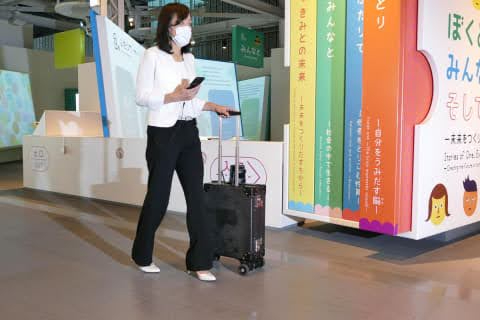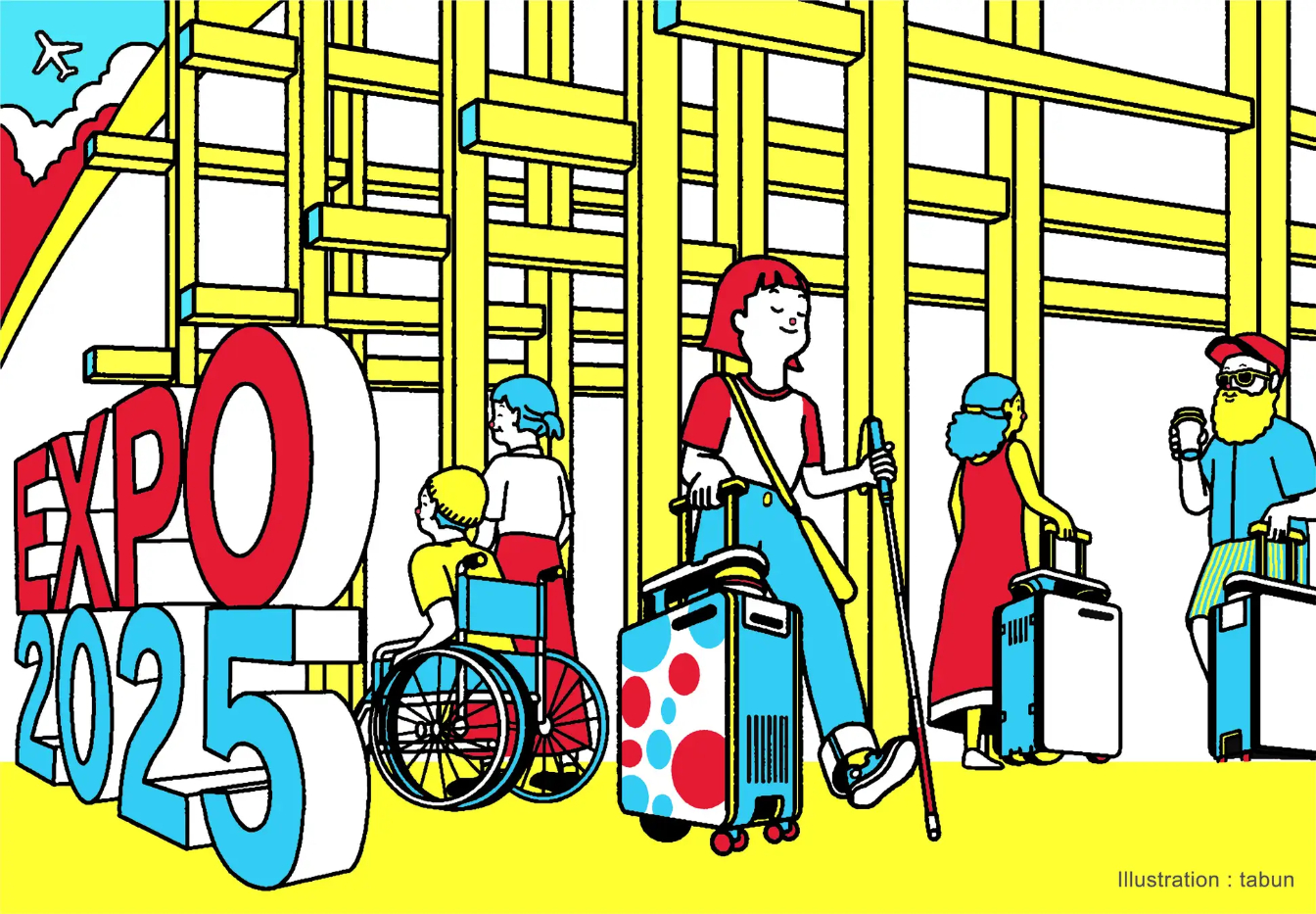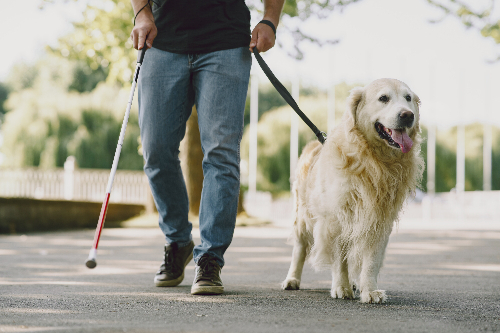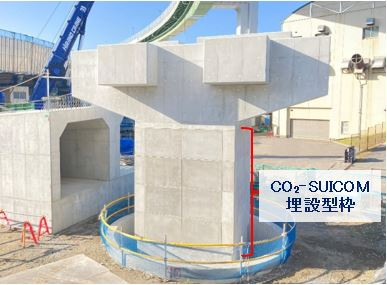JSTORIES - 盲導犬是視覺障礙者行走時的重要夥伴,能夠指引轉角、提醒階梯或障礙物。然而,盲導犬不像車載導航系統那樣能夠自動將視障者引導至目的地,使用者仍需自行掌握路徑。此外,部分交通工具、餐廳和醫院等場所並未允許使用盲導犬,這也成為了亟待解決的問題。
在此情況下,由日本 IBM 等大公司和大學研究機構組成的「次世代行動輔助技術開發聯盟」開發了 AI Suitcase,這是一種行李箱型導盲機器人,可取代導盲犬,安全地引導視障者前往目的地。 目前正在各個設施實際驗證,預計不久後就能落實於社會中。
AI Suitcase如同命名,外型類似行李箱,內部則搭載了人工智慧電腦、圖像辨識感應器、攝影機、馬達等設備。
使用者透過裝有專用應用程式的智慧型手機設定目的地後,握住手把,AI行李箱便會自動啟動。手把上配有感應器,當握住時,行李箱便開始移動,放開時則停下。透過手把的震動,系統會指示下一個行進方向。

此外,利用AI等功能,在前往目的地的過程中,會將經過的商店或行人的資訊傳遞給使用者,有助於視覺障礙者更加自然地享受步行樂趣。
例如,透過雲端上的資訊和圖像識別技術,當使用者移動時,系統會告訴他們周圍商店的資訊,當進入商店時,還能提供陳列商品的資訊,讓視覺障礙者能輕鬆地在街道上享受購物的樂趣。

這些功能的實現有賴於自動駕駛中使用的 LiDAR 感應器 (可精確測量使用者位置與障礙物距離的機器),以及通過衛星信號和地面基準站數據測量的即時動態技術(Real-Time Kinematic, RTK)。
AI行李箱電腦可高速處理這些技術收集的大數據,即使在戶外也能精確判斷所在位置。
.png)
這個計畫發起人是日本科學未來館(東京·台場)的館長,亦是東京大學先端科學技術研究中心的研究員,淺川智惠子女士。
淺川女士在小學時因游泳池意外造成視力損傷,並於14歲時完全失明。為了讓經常因行動不便而煩惱的視障人士能獨立行走於街頭上,她從前職的IBM時代就一直致力於研究無障礙技術。
.png)
「希望以AI行李箱為契機,展示科技所帶來的變革,並持續關注新的技術。」淺川女士在擔任日本科學未來館館長的記者說明會中說道。
目前,AI行李箱在遇到人群擁擠或障礙物複雜的情況下,仍存在數據檢測困難與挑戰,因此尚未實現商品化。然而,已經在大型購物中心、新千歲機場、未來館等室內設施,還有從未來館到最近車站的戶外空間,進行了由一般使用者參與的導航技術實證實驗。
在2022年9月於東京都中央區日本橋所進行的一個月實地檢測中,39名視覺障礙者利用AI行李箱進前往同一樓層內多個目的地,實驗結果顯示所有使用者均能安全使用,並未發生任何碰撞等問題。
此外,自今年4月以來,未來館利用常設展內容開設AI行李箱體驗,積累了更多的檢測數據。
同時今年5月,宣布將於2025年大阪關西萬博會的會場內進行AI行李箱的實地檢測。
同時今年5月,宣布將於2025年大阪關西萬博會的會場內進行AI行李箱的實地檢測。

作為「機器人體驗」中的一環,「萬博會特別款AI行李箱」將進行多項改良,包括增強了跨越階梯功能的新型車輪,並新增了能識別低位置障礙物的感應器,預計可成為室內外通用的機型。

一般社團法人次世代移動支援技術開發聯盟事務局公關負責人及川政志在接受J-STORIES採訪時表示:「在落實社會化方面,我們計劃讓更多國內外人士暸解該系統,同時提升室內外無縫行駛的技術性能,並確認功能性需求以外的條件因素(如社會接受度和法規應對等)。」他還表示:「無論是否有視覺障礙,希望能在萬博會期間達成兩到三千人體驗。」
更新文章:一色崇典 編輯:北松克朗
頂部照片:次世代移動支援技術開發聯盟
有關本文的詢問,請發送電子郵件至 jstories@pacificbridge.jp。




_bigthumbnail.jpeg)














![[PODCAST] 如何打造成功的新創企業社群(第2集)](https://storage.googleapis.com/jstories-cms.appspot.com/images/1748493203370business-man-holding-light-bulb-social-network-2024-10-31-22-37-36-utc_smallthumbnail.jpg)


